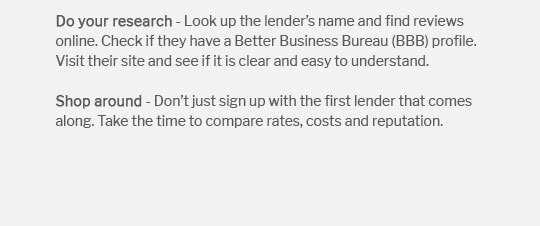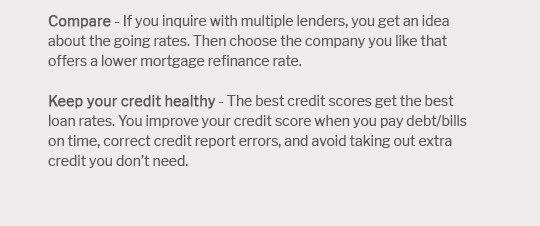 |
|||
 |
 |
 |
||
|---|---|---|
 |
||
 |
||
 |
||
 |
||
 |
 |
 |
 |
Understanding Conventional Loan Refinance After ForeclosureRefinancing a conventional loan after a foreclosure might seem daunting, but with the right knowledge and preparation, it can be an attainable goal. This guide explores the key aspects of refinancing a conventional loan post-foreclosure, providing insights and tips to help you navigate the process. What is Conventional Loan Refinance?A conventional loan refinance involves replacing your existing mortgage with a new one, typically to secure better terms. It’s an attractive option for homeowners looking to lower their interest rates, adjust their loan duration, or change their loan type. Steps to Refinance After Foreclosure1. Assess Your Credit SituationPost-foreclosure, your credit score will likely take a hit. It's crucial to check your credit report and work on improving your score. Paying bills on time and reducing debt can positively impact your credit score over time. 2. Understand Waiting PeriodsMost lenders impose a waiting period after a foreclosure before you're eligible to refinance. Typically, for conventional loans, this period is about seven years, though some programs might offer exceptions. Benefits of Refinancing Post-Foreclosure
Exploring options like fha streamline vs fha refinance can also provide additional pathways if you’re considering different loan types. Common Challenges1. Strict Lending RequirementsLenders typically have stricter requirements for those who have experienced foreclosure. Ensuring your financial situation has improved since the foreclosure is crucial. 2. Property Value ConcernsIf your property's value has decreased, it might affect your ability to refinance. An appraisal can provide a clear picture of your home's current worth. Frequently Asked Questions
In conclusion, while refinancing a conventional loan after foreclosure involves challenges, understanding the process and exploring all available options can pave the way to achieving better financial stability. With careful planning and consideration, you can find the path that best suits your financial situation. https://www.lendingtree.com/home/mortgage/how-to-get-a-mortgage-after-a-foreclosure/
You can expect to wait between one and four years unless you're seeking a nonqualifying loan. Conventional loans after foreclosure. Conventional loans aren't ... https://fellowshiphomeloans.com/purchase-refinance-foreclosure/
CONVENTIONAL. Conventional Loans require a seven-year waiting period. - VA - FHA - A few points to better your opportunity of purchasing after a ... https://www.youtube.com/watch?v=1RWGJayuE-U
Can You Refinance After Foreclosure? In this insightful video, we delve into the topic of refinancing after foreclosure, exploring the ...
|
|---|